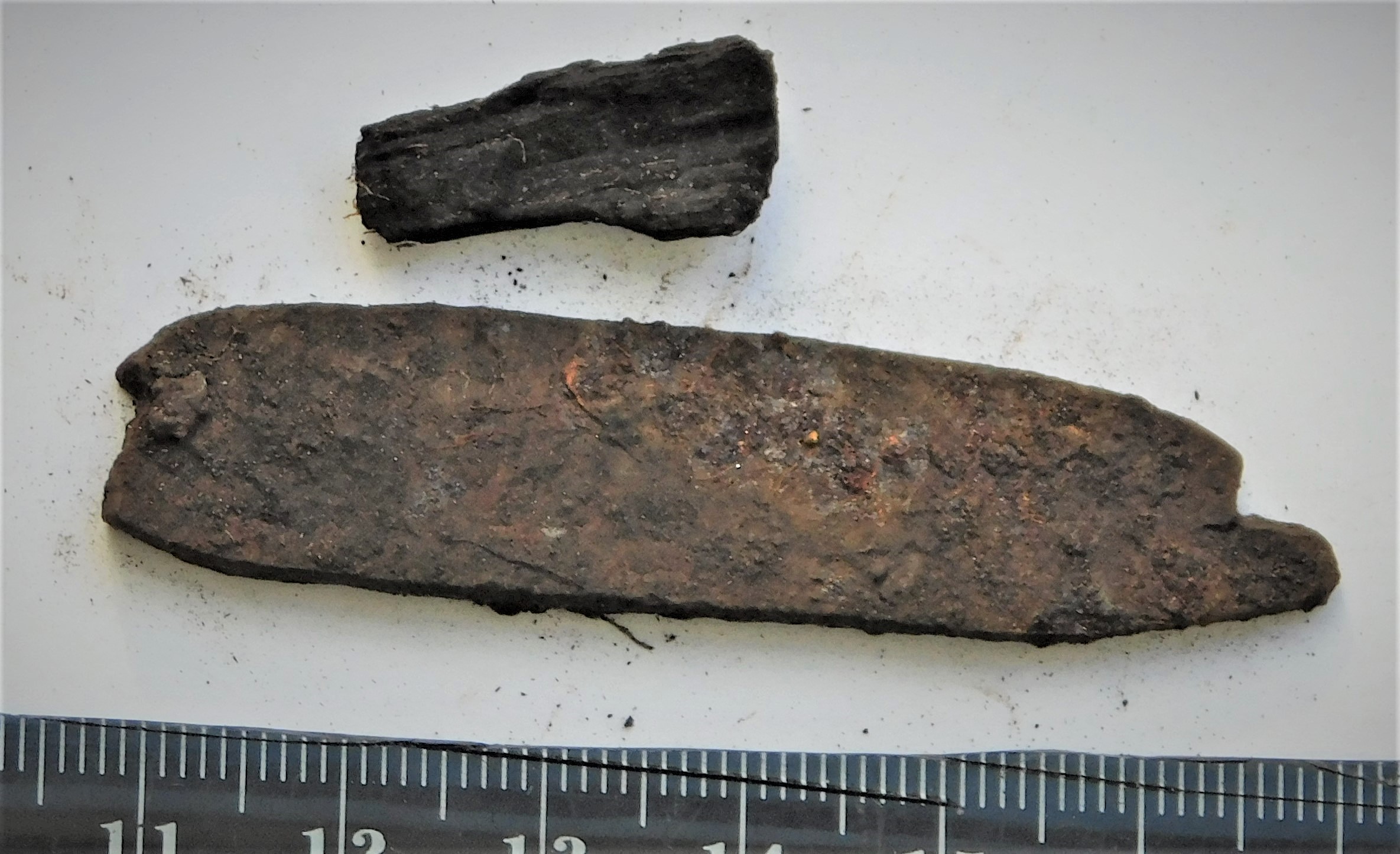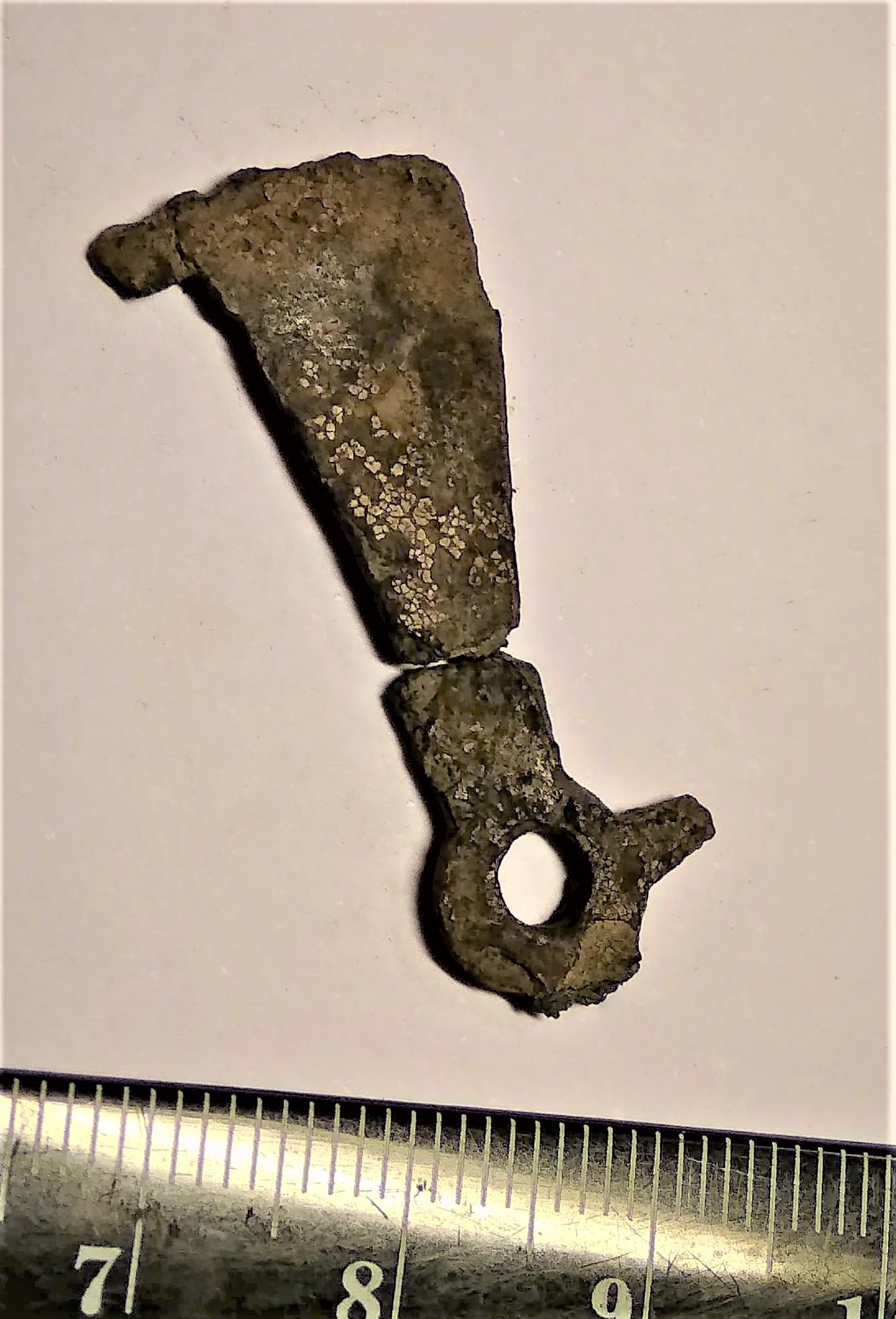Database
Our database is free to use for all history and archaeology enthusiasts. If you use our database, please do not forget to cite correctly:
Mägi, Marika; Palm, Piia Sandra. Archaeological Artefacts of Saaremaa. Foundation Osiliana / Tallinn University. Accessed: date.
The Osiliana Archaeological Database presents artefacts from Saaremaa and the surrounding small islands.
The database contains mainly Iron Age and Medieval finds that can be classified.
Undated metal or other pieces were generally excluded from the database.
Ceramics are represented by isolated examples.
The database is a work in progress and is constantly being updated.
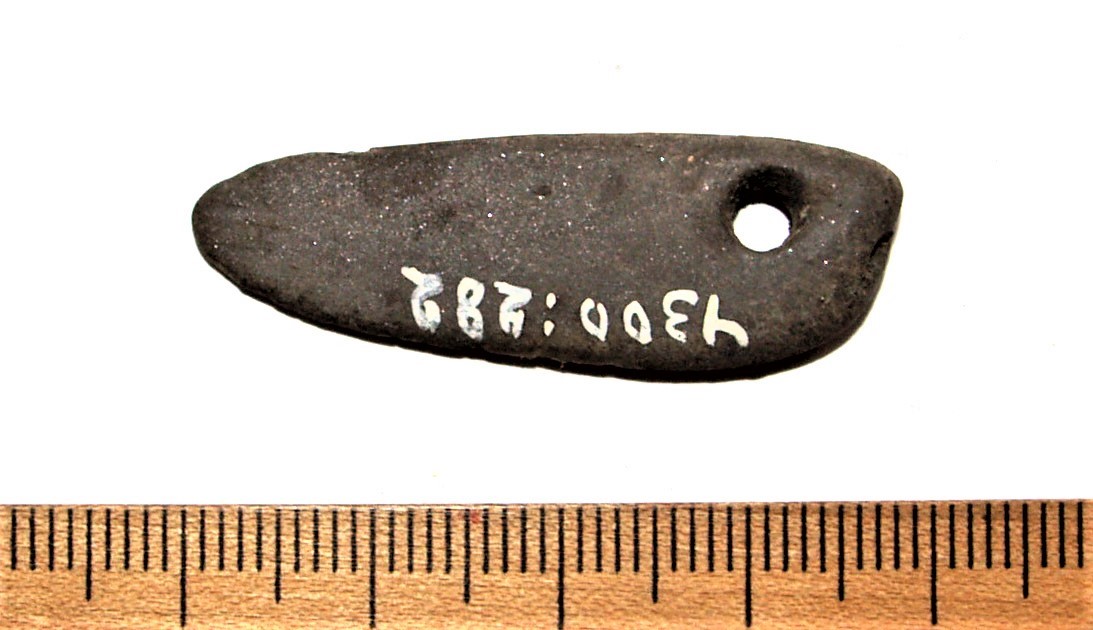
Valjala hillfort
Whetstone.
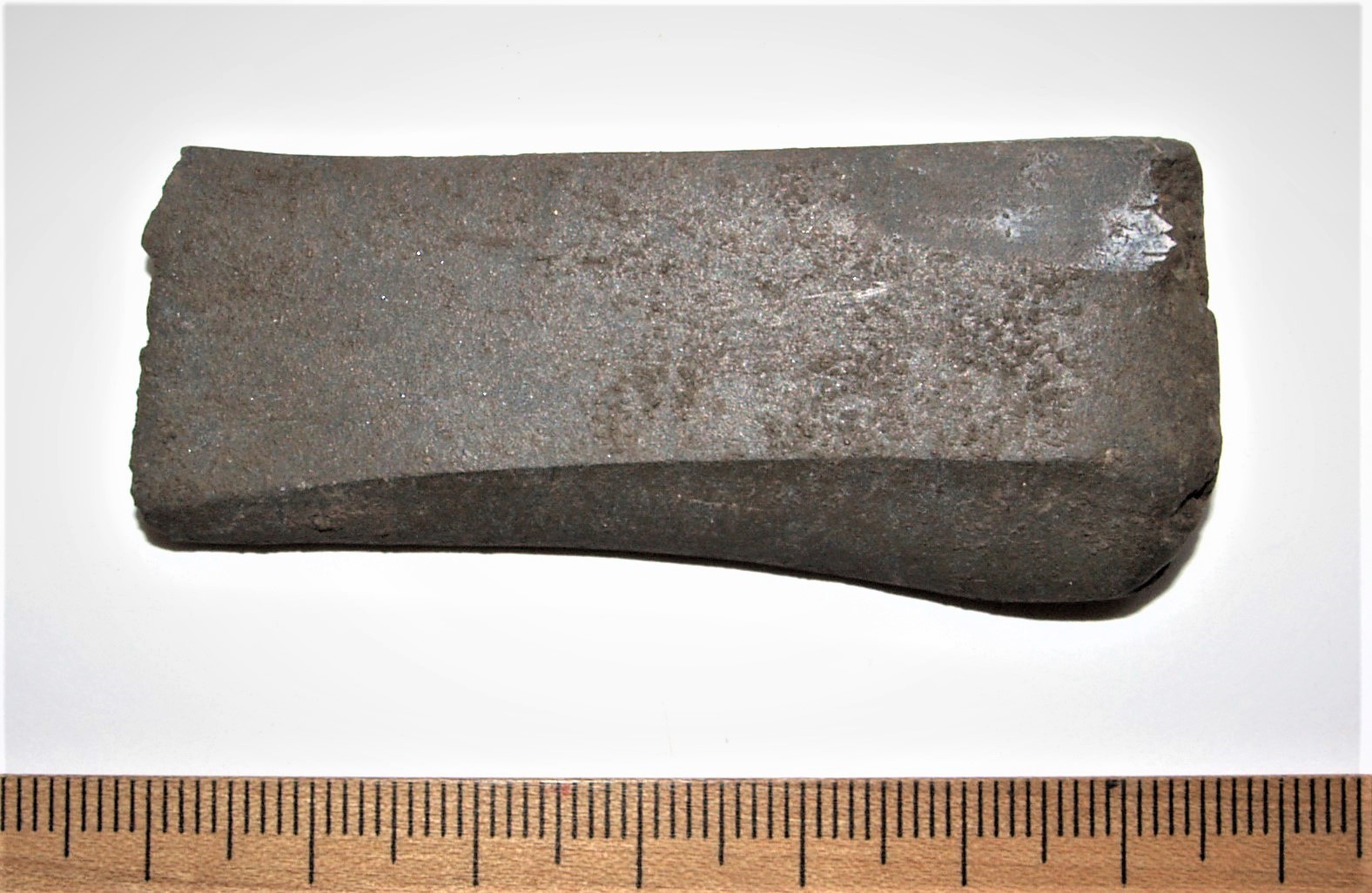
Valjala hillfort
Whetstone.
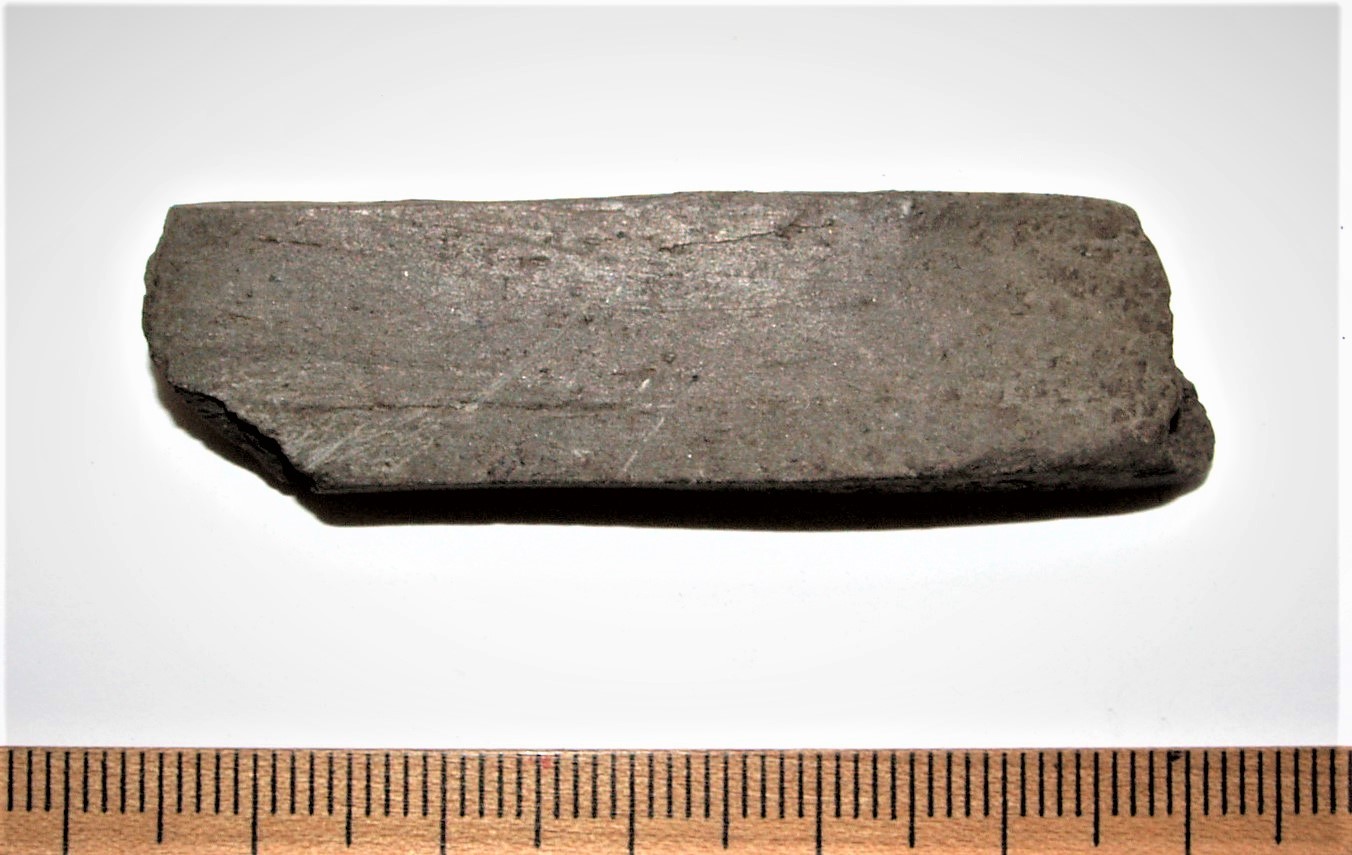
Valjala hillfort
Whetstone.
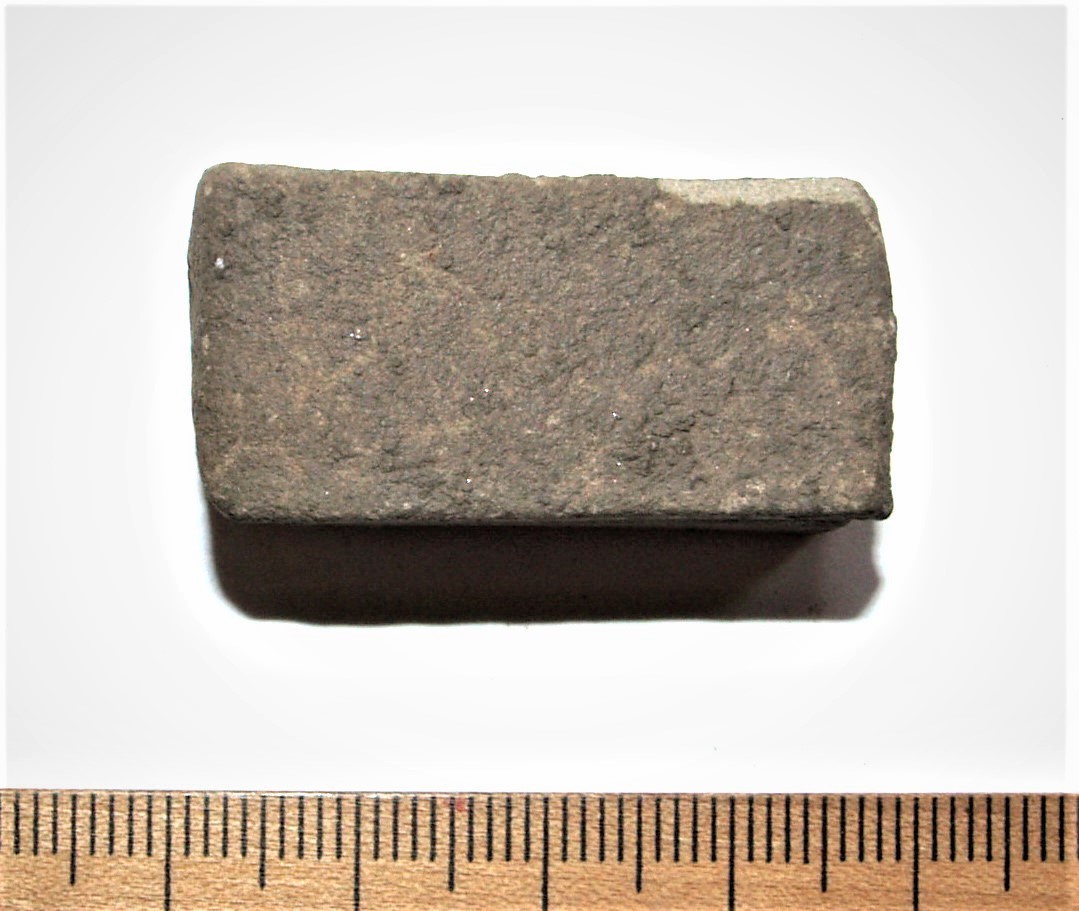
Valjala hillfort
Whetstone.
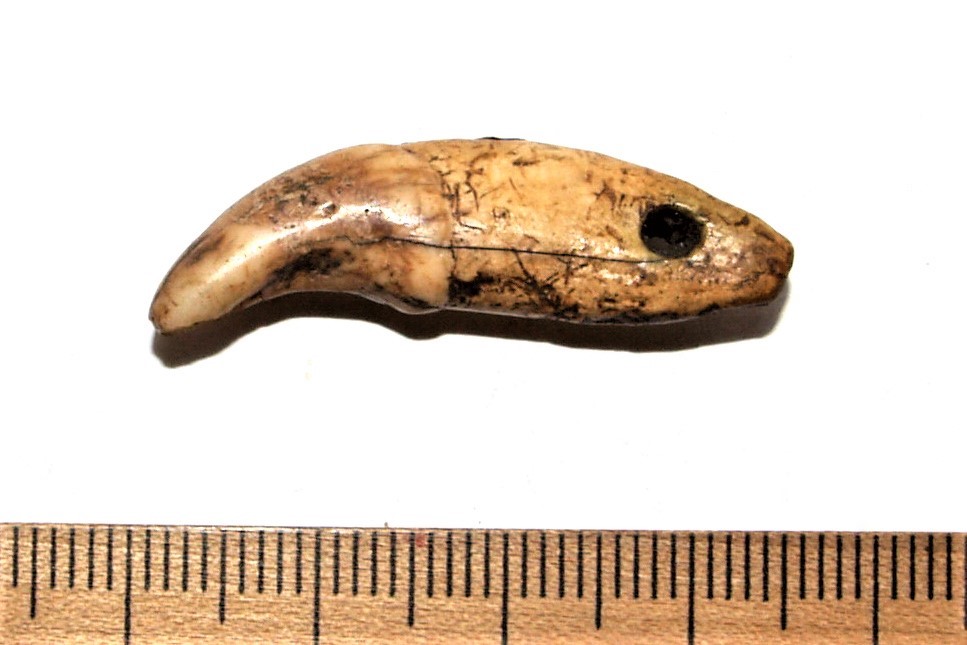
Valjala hillfort
Tooth pendant, was found together with a bronze ring.
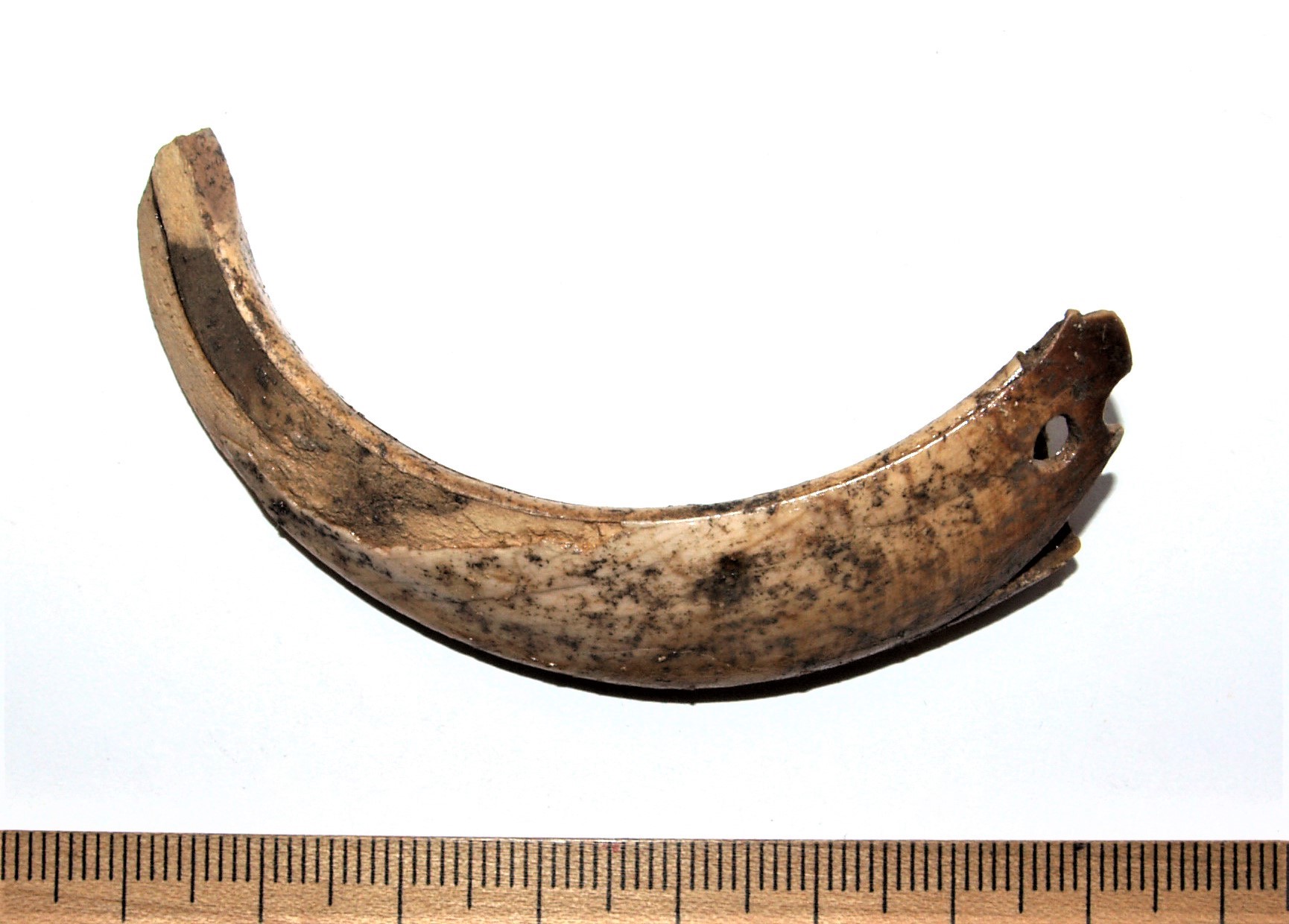
Valjala hillfort
Tooth pendant.
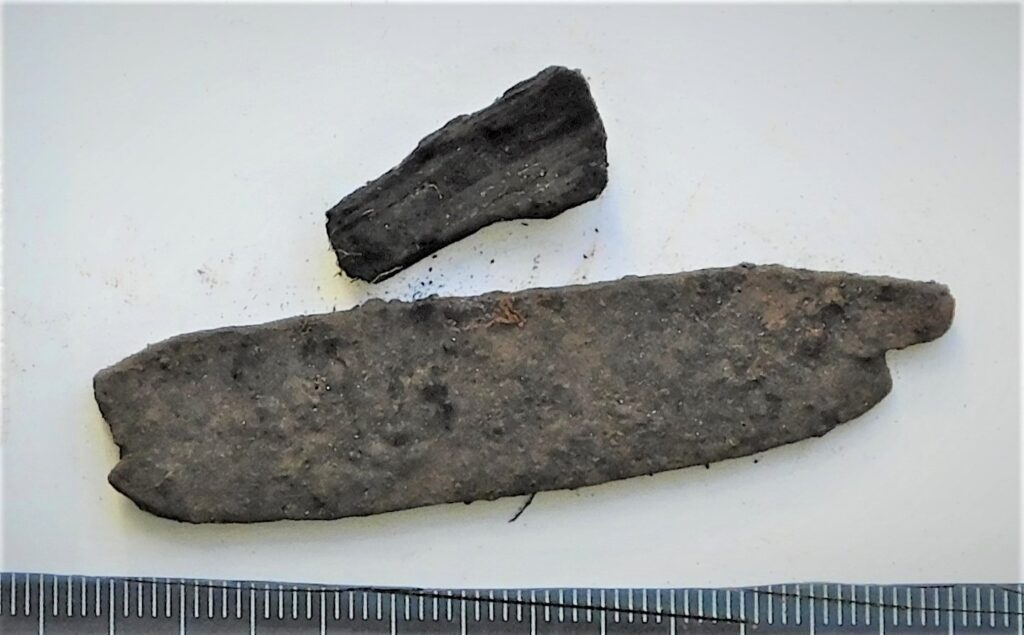
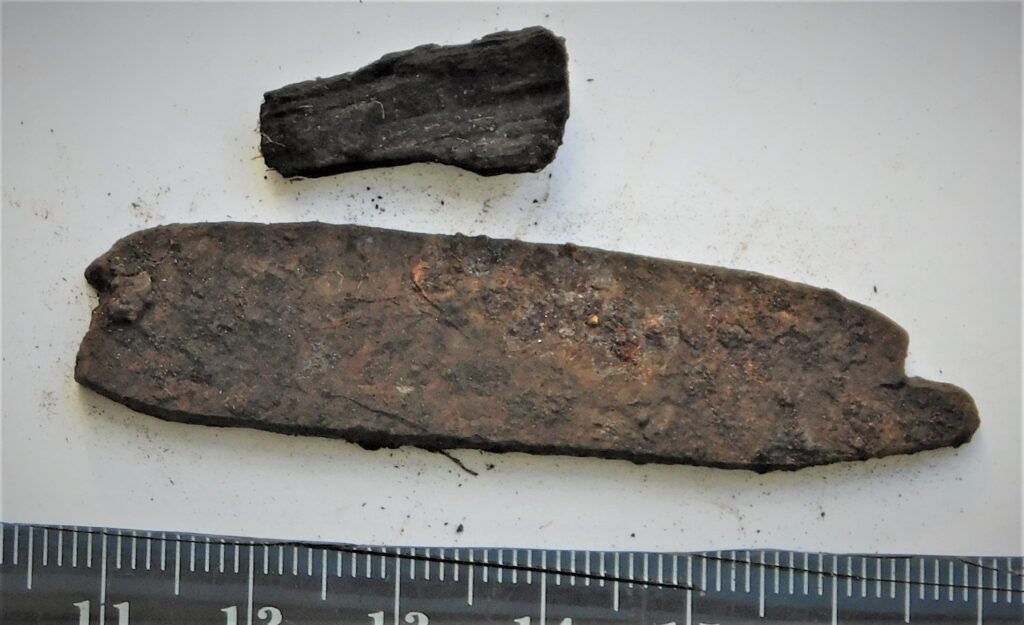
Fragment of a knife, iron and bone.
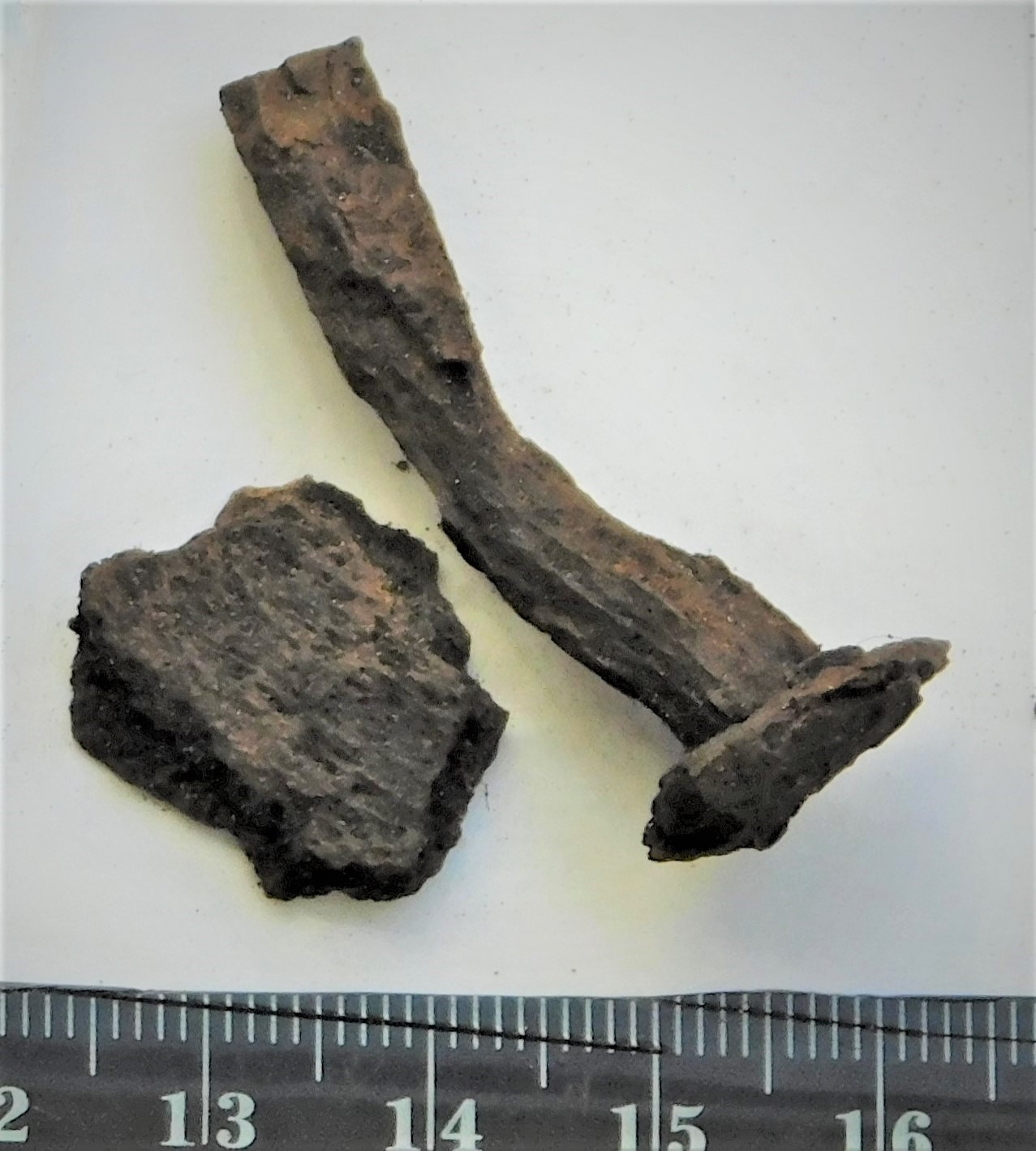
Mullutu
Rivet, iron and bone.
Ure
Silver-plated propeller-shaped mount, bronze, two fragments. 1/4 of a double-propeller-shaped fitting. On one side a residue of a silver plating with an ornament is visible: a dotted line and a fine margin on the rounded part.
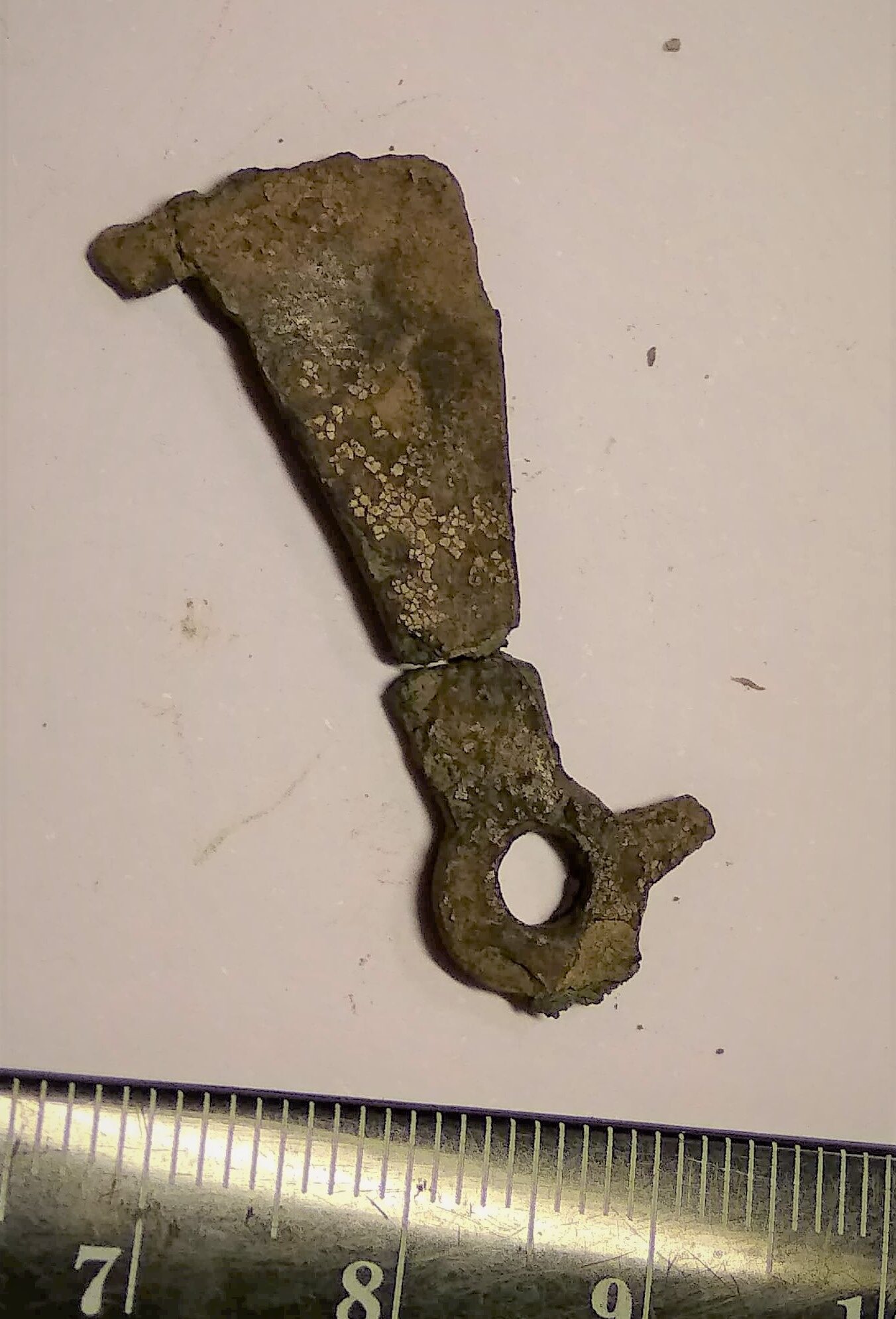
Silver-plated propeller-shaped mount, bronze, two fragments. 1/4 of a double-propeller-shaped fitting. On one side a residue of a silver plating with an ornament is visible: a dotted line and a fine margin on the rounded part.
See also Ure finds SM10862: 4, 33, 90, 117.
Such propeller-shaped fittings that hanged from a belt are normally considered Germanic, but were clearly influenced by Roman fashion. They decorate so-called ‘officers belts’ found near the pinetree-boat at Nydam sacrificial place in Denmark. Very similar belt ornaments, plated with silver and gold, are known from Ejsbølgård sacrifice, e. g. weapon offering D, dated 250-300 AD (Andersen 2003, 251-253).
Sword-belts decorated with propeller-shaped fittings have been also found in other sacrificial places, e.g. Skedemosse on the island of Öland (Monikander 2010, 46) and in South-Scandinavian elite graves, e. g. in a chamber grave at Lilla Jored (Sweden), Lærkenfeld (Denmark), or Sætrang (Norway) (Rau 2014).
In the Eastern Baltic, propeller-shaped mounts have been recorded so far in two sites: Kambja in Southern Estonia and Lejas-Kleperis in Northern Latvia (Moora 1929, pl. XXX: 14; 1938, 477). Five specimens are recorded in Ure. As suggested by the parallels mentioned above, they may originate from the same belt as the mount SM10862:9. The propeller-shaped mounts in Ure represent two different sizes, possibly indicating two sacrificed belts.
Belts decorated with propeller-shaped silver or silver-plated fittings are considered to belong to the commanders of the armies.
Literature:
Andersen, H. Chr. H. 2003. Nye undersøgelser i Ejsbøl mose. – Sejrens triumf. Norden i skyggen af det romerske imperium. Ed. by L. Jørgensen, B. Storgaard & L. Gebauer Thomsen. København, 246–256.
Jørgensen, E. & Petersen, P. V. 2003. Nydam mose – nye fund og iagttagelser. – Sejrens triumf. Norden i skyggen af det romerske imperium. Ed. by L. Jørgensen, B. Storgaard & L. Gebauer Thomsen. København, 258–294.
Monikander, A. 2010. Våld och vatten. Våtmarkskult vid Skedemosse under järnåldern. – Stockholms Studies in Archaeology, 52. Stockholm. Read the article: here.
Moora, H. 1929. Die Eisenzeit in Lettland: bis etwa 500. N. Chr. Tafeln zum I. Teil. Tartu-Dorpat.
Moora, H. 1938. Die Eisenzeit in Lettland: bis etwa 500. N. Chr. II. Teil : Analyse. Tartu.
Mägi, M. 2021. Scandinavian chieftains in Saaremaa? Archaeological investigations in Ure, a probable Roman Period sacrificial place. – Archaeological Fieldwork in Estonia 2020, 73-90. Read the article: here.
Rau, A. 2014. Spätkaiserzeitlich-frühvölkerwanderungszeitliche Kammergräber der Sætrang-Lilla Jored-Gruppe. – Kammergräber im Barbaricum. Zu Einflüssen und Übergangsphänomenen von der vorrömischen Eisenzeit bis in die Völkerwanderungszeit. Ed. by N. Lau & A. Abegg-Wigg. Wachholtz, 145-166. Read the article: here.
The negative value refers to time Before Christ.

